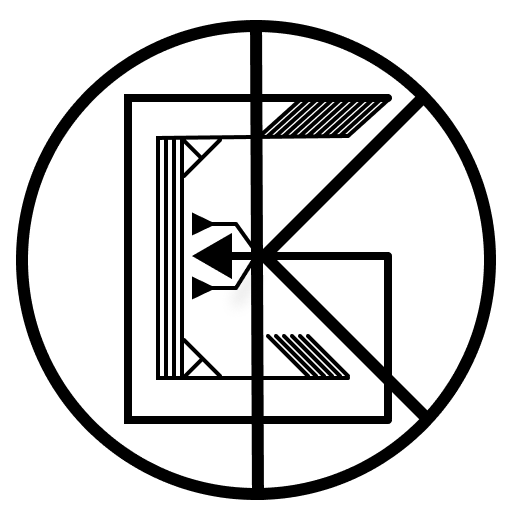What is ChatGPT
GPT (Generative Pre-training Transformer) is a type of artificial intelligence model developed by OpenAI that can be used for tasks such as language translation, summarization, and text generation. It is a general-purpose model that can be fine-tuned for specific tasks using large amounts of labeled data.
GPT was first introduced in 2018 and has since been improved and updated with the release of GPT-2 and GPT-3. These models are designed to be trained on very large datasets and can generate human-like text, making them useful for a wide range of natural language processing tasks.
If you are interested in using GPT or other AI models developed by OpenAI, there are a number of ways to do so. For example, you can access pre-trained versions of GPT and other models through the OpenAI API, or you can use the OpenAI platform to train and deploy your own custom models. You could also use GPT or other OpenAI models to build chatbots or other language-based applications. However, using AI models such as GPT typically requires significant development effort and expertise in machine learning.
As mentioned earlier, “Chat GPT” is not a specific application or tool, but rather a general approach to building chatbots or other language-based applications using GPT or other AI models. To use GPT or other AI models to build a chatbot or other language-based application, you would typically need to do the following:
-
Define the problem you want to solve and the functionality you want the chatbot to have. For example, you might want to build a chatbot that can answer questions about a particular topic, or one that can assist with booking a hotel room.
-
Collect and label a dataset of example conversations or text inputs that the chatbot will be trained on. This dataset will be used to fine-tune the model to perform the specific task you have defined.
-
Train the model using the labeled dataset and fine-tune it to perform the specific task you have defined. This will typically require significant development effort and expertise in machine learning.
-
Integrate the trained model into a chatbot or other application, such as a website or mobile app. This will typically require programming skills and may involve using a chatbot framework or other tools.
-
Test and refine the chatbot or application as needed to ensure it is performing as desired.
Overall, using GPT or other AI models to build chatbots or other language-based applications requires significant development effort and expertise in machine learning and programming.
Artificial intelligence (AI) has the potential to revolutionize the way we create and consume content. By automating certain tasks and allowing computers to generate text, audio, or other types of media, AI can help create and disseminate information more efficiently and at a larger scale than what is possible with traditional methods.
Some potential applications of AI-generated content include:
-
Text generation: AI models such as GPT (Generative Pre-training Transformer) can be trained to generate human-like text on a variety of topics. This can be used to automatically generate news articles, social media posts, or other types of written content.
-
Audio and video generation: AI models can be used to generate synthetic audio and video, which can be used to create personalized podcasts, videos, or other types of media.
-
Data visualization: AI models can be used to automatically generate charts, graphs, and other types of data visualizations based on large datasets.
-
Personalization: AI models can be used to tailor content to individual users based on their preferences and past behavior.
Overall, the potential of AI-generated content is vast and still largely untapped. As AI technology continues to improve and become more widely available, it is likely that we will see more and more applications for AI-generated content in a variety of fields.
ps : This post is fully generated by ChatGPT LOL !!!


Leave a comment